Today’s Focus of Attention is reader-supported. We sometimes include products we think are useful for our readers. If you buy through links on this page, we may earn a small commission.
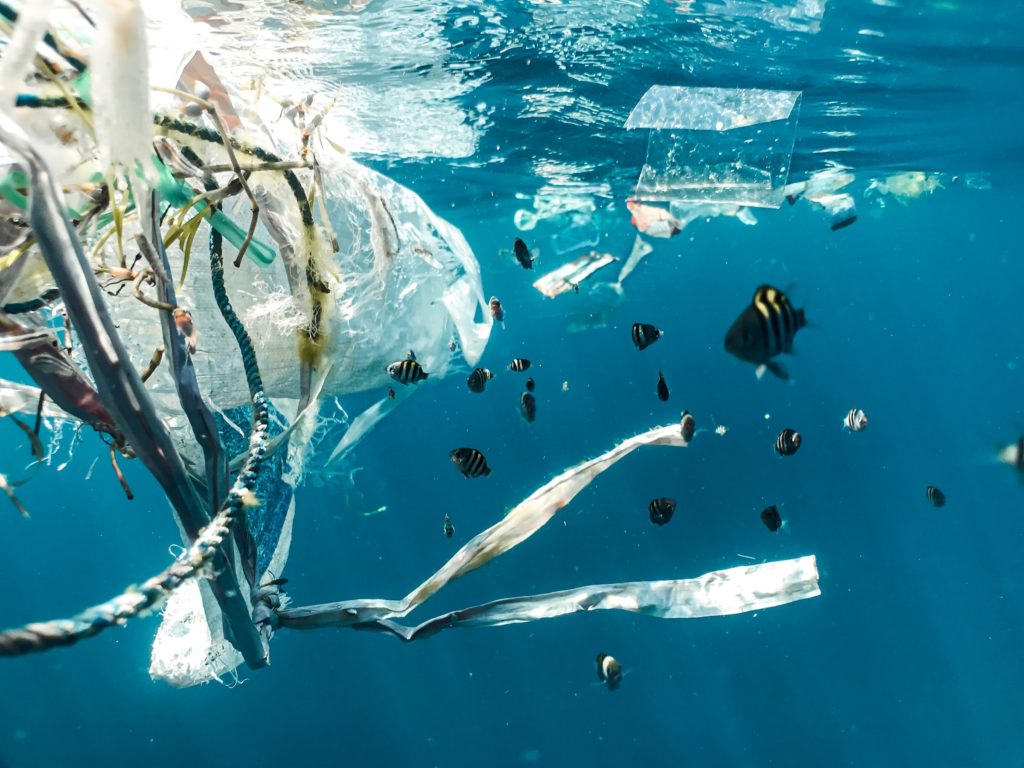
We are in a global plastic crisis. We use plastic for everything from packaging to straws and we don’t know what to do with them once we are done, but putting them in the rubbish bin, namely landfills and the ocean.
Plastic waste is an ever-growing problem in the world today, with only 9% being recycled.
A vast amount of plastic rubbish is accumulating in our oceans and landfills, with some reaching 62 meters, transforming into toxic trash, which in the short term can be detrimental to our health.
Plastic recycling has been portrayed as a solution since, in theory, it provides environmental and economic benefits. But according to Greenpeace, it is not.
But is recycling the answer to this plastic problem? Does it really work?
What is plastic?
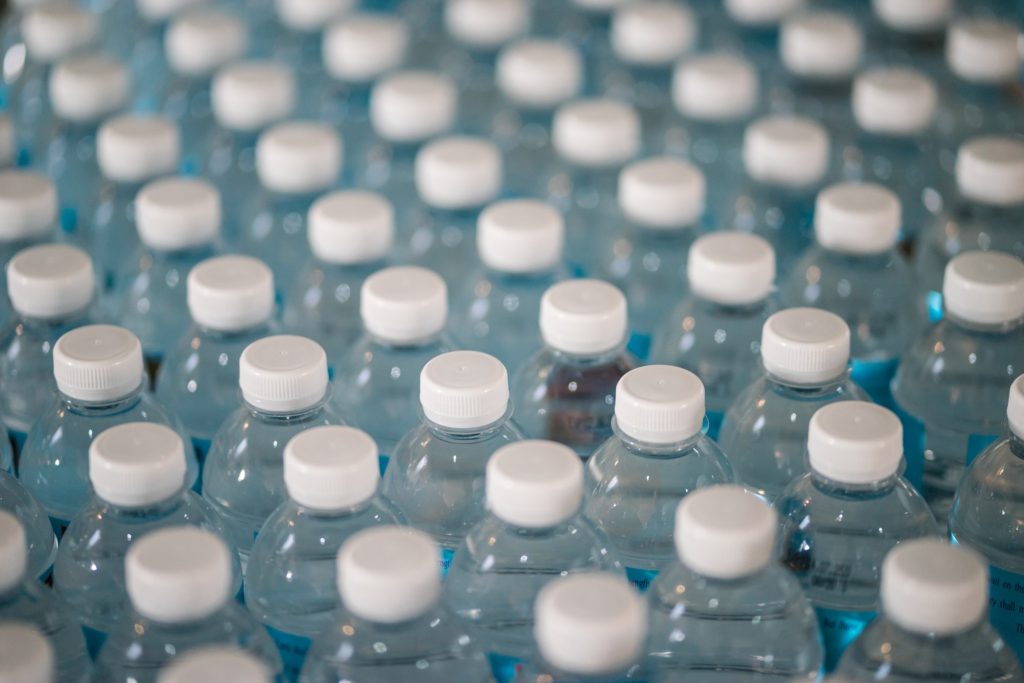
Plastic is a synthetic material made from petroleum-based chemicals. Used in a variety of products, plastic is not biodegradable and takes hundreds if not thousands of years to decompose, becoming the largest waste item in the world today.
Recycling has been sold as a panacea. It is supposed to have many benefits, including reducing pollution, conserving resources, and creating new products.
Here’s the issue. Converting different types of plastic requires different recycling processes.
Although other materials can be adequately recycled, plastic cannot. For instance, paper has an average 68% of recovery.
The Green Paradox
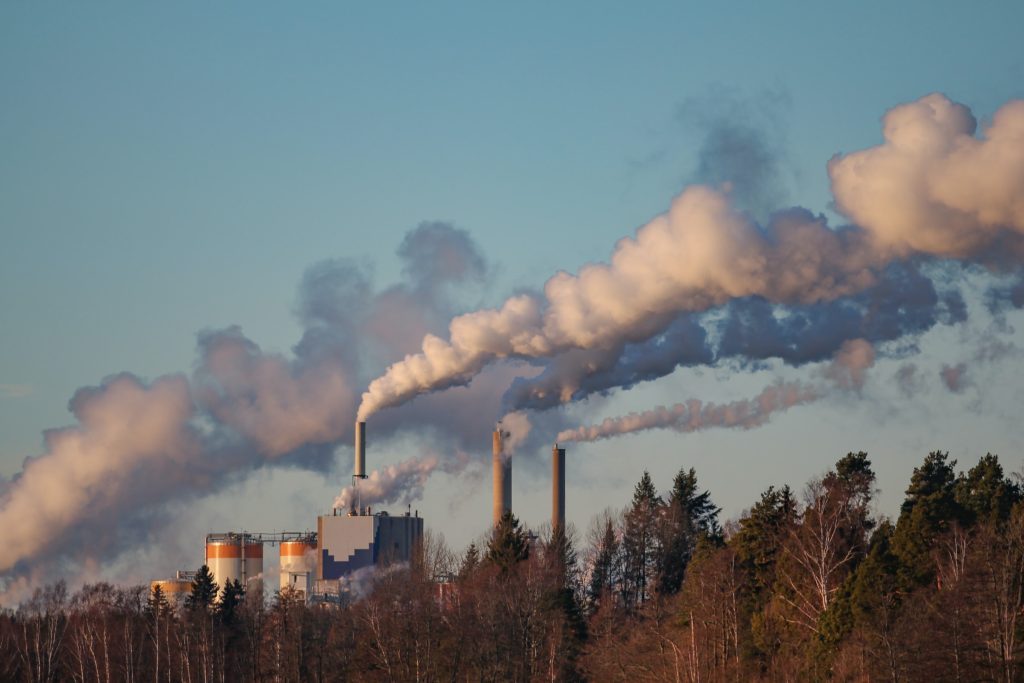
The Green Paradox is the idea that recycling plastics is not as environmentally friendly as you might think.
The truth is that it takes more energy to recycle plastic than it does to make new. The amount of power can be up to three times, thus creating more pollution. Besides, recycling plastic is expensive. It costs more than making new. The reasons: collecting, sorting, transporting, and reprocessing.
Here’s an example:
To recycle a plastic container, it must be first cleaned to remove any food waste or other contaminants. Then, the container needs to be shredded into tiny pieces. These tiny fragments are then melted down to a liquid which is then moulded into a new product. However, these steps can only be done with certain types of plastic.
Apart from that, plastics include numerous chemical additives and colourants that cannot be recycled together, therefore, making impossible selecting trillions of pieces into separate groups for processing.
Taking plastics and recycle them from landfills is dangerous as there are no regulations on how they must be prepared and also they contain toxic chemicals.
The problem with recycling plastic lies not with the process, but with the material itself. There’s a myriad of different plastics; each of them with its own composition and characteristics.
Types of Plastic
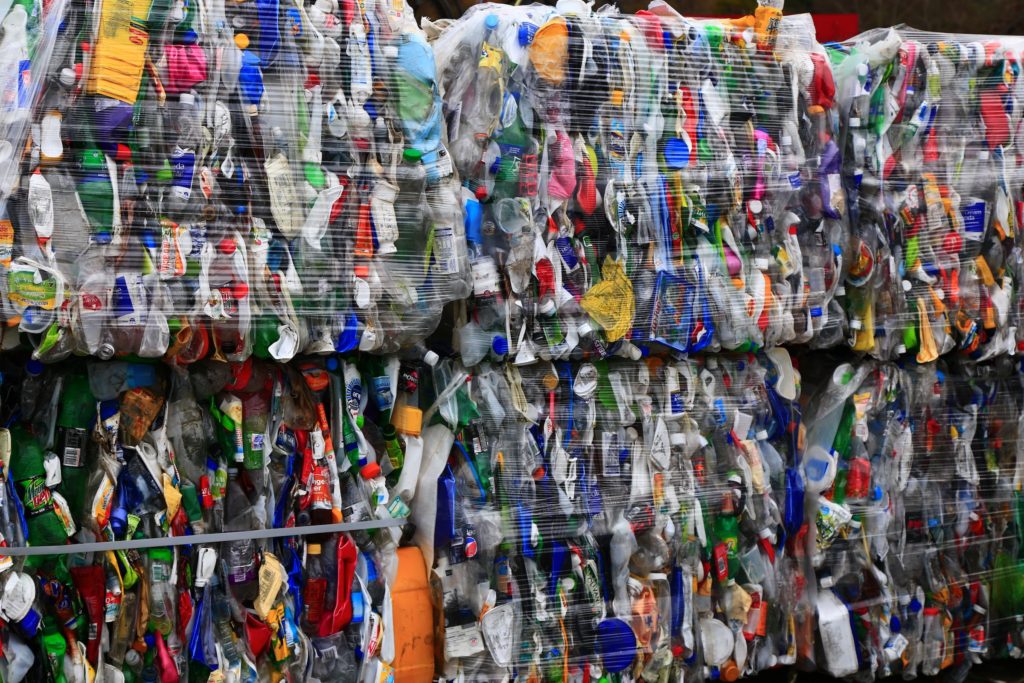
Which plastics are recyclable, and what they need to be recycled into is quite difficult to identify.
To illustrate this point, bottles made from polyethylene terephthalate, PET#1, cannot be melted with PET#1 clamshells. At the same time, green PET#1 bottles cannot be mixed with those with clear PET#1.
Because of this, South Korea outlawed coloured PET#1 containers.
Other examples are:
- High-density polyethylene (HDPE#2)
- Polyvinyl chloride (PVC#3)
- Low-density polyethylene (LDPE#4)
- Polypropylene (PP#5)
- Polystyrene (PS#6)
All of them must be separated for recycling.
Buying just one fast-food meal involves many types of single-use plastic, including PET#1, HDPE#2, LDPE#4, PP#5, and PS#6 cups, lids, clamshells, trays, bags, and cutlery – none of them should be blended simultaneously.
This is why fast-food service items are not considered as recyclable.
Harmful additives
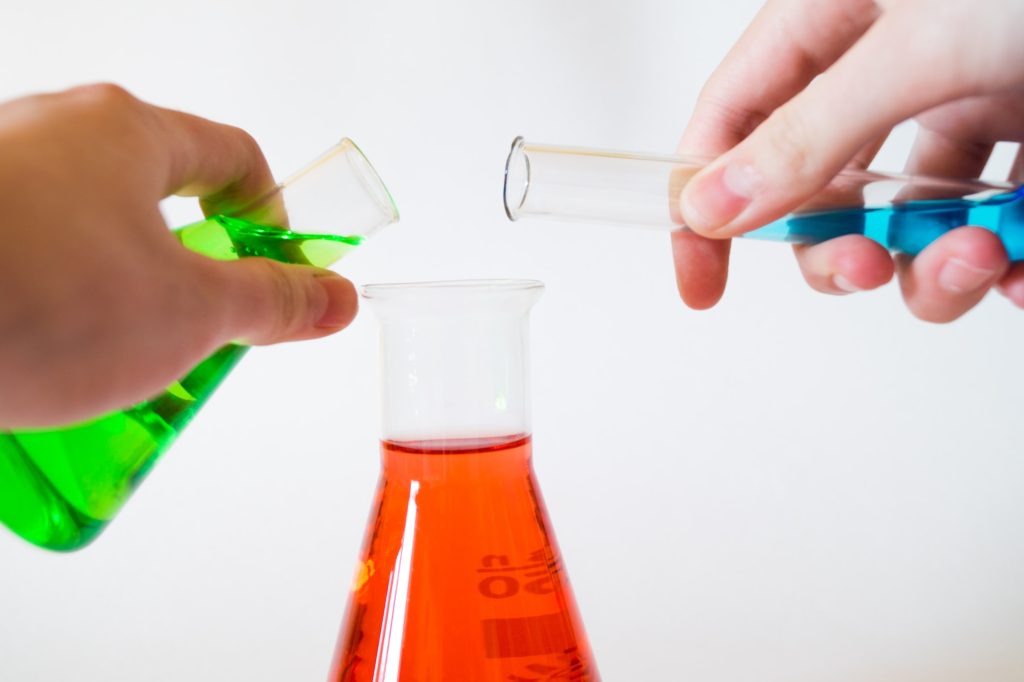
It is believed that by 2050, there will be more plastic than fish in the oceans if we continue in the path we are.
Plastics destroy the environment, both on land and sea. Since they are made from oil, they release harmful chemicals into the air and, of course, into the water.
Because plastics include toxic additives, and can absorb chemicals when reused, the Canadian government banned recycled plastics into food-grade packaging.
A solution is the use of bioplastics, which are produced from renewable resources and are not lethal. But it is still a long way to go.
Methods to recycle plastic
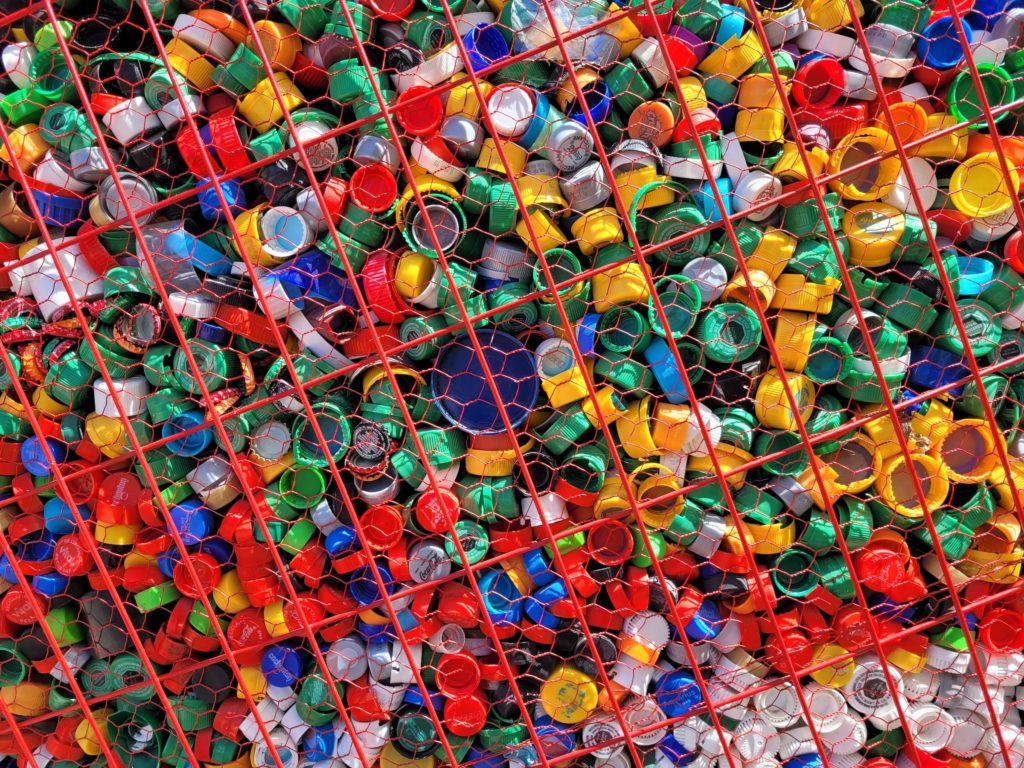
Despite this stark failure, the plastics industry has sustained the myth for decades that this material is recyclable. Greenpeace says otherwise.
Recycling companies have been working on two ways to reuse plastic:
- Mechanical
- Chemical.
The mechanical comprises grinding and melting the material. This method is cheaper, but it creates a lot of dust, which is a health hazard.
In the chemical one, the plastic is broken down using high heat or chemicals, turning it into a low-quality fossil fuel. The downside of this process is the toxic emissions, affecting the environment, climate, and health.
Solution to the problem

Alright. Here are the problems with plastic. Can we come up with an optimal solution?
Policy makers should sign bills to restrict from the nonreturnable bags and unrecyclable plastics in food-service products to persuade people to handle their own dishes and wash them once they are used.
But… they will not do it.
The answer is in our hands. We are the ones capable of making a difference and we must do it now.
We can start by not buying single-use products, PET bottles, or anything wrapping sweets. Instead, choosing reusable or non-plastic packages.
And of course, keep recovering our paper, cardboard, cans, glass, because with these materials, recycling actually works.
So, let’s step forward, be conscious, and do our bit. Otherwise, there will be nothing left but plastic in all our lands, forests, lakes, rivers, oceans, and in our own body.


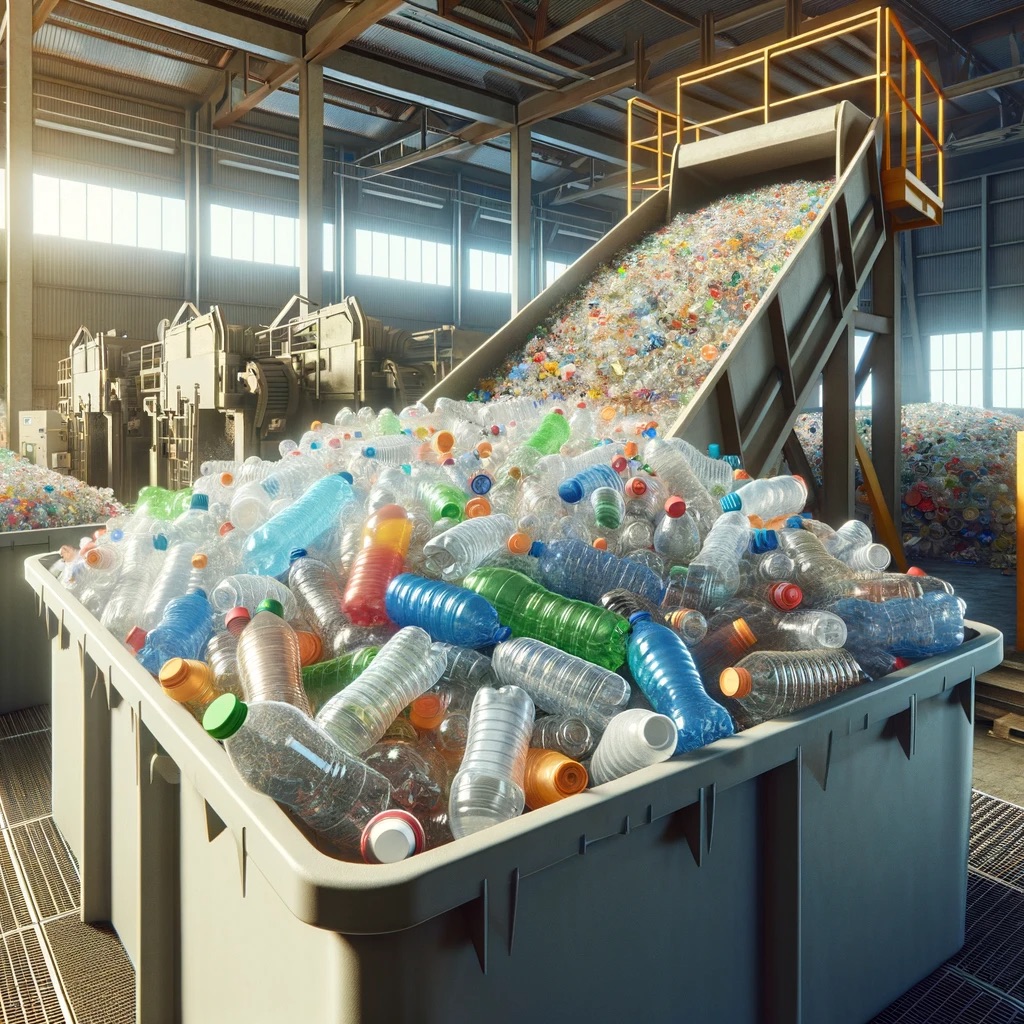
Pingback: Everything you need to know about bioplastics
Pingback: The devastating impact of Fast Fashion: Does it affect you?
Pingback: Eco-friendly products - Should we buy them?